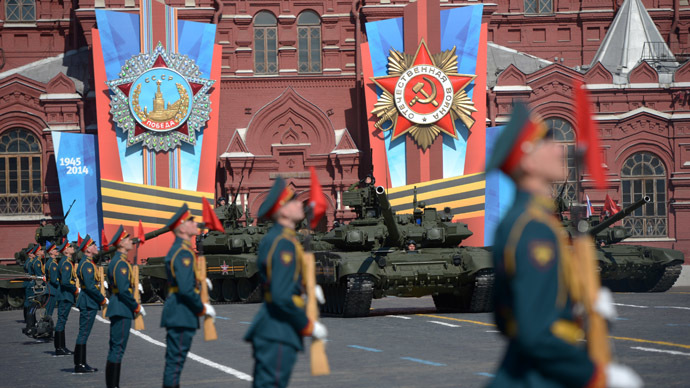Goodbyes are hard. After a boat tour on the Moskva River, our group parted ways on the trusty Moscow Metro, where we tightly embraced and waved prolongedly through the windows to each other as our train cars pulled away. Only Chet, Almeda, Sahree, and I remained, but the four of us were determined to make the most of our last day in Moscow, and that we did.
In the morning, Chet and I met up with James, a fellow Moscow holdout, at Izmailovsky Market. From a distance, Izmailovsky resembles a bizarre Renaissance Festival storefront.

Photo from http://jdombstravels.com/wp-content/uploads/2013/09/Jdombs-Travels-Izmailovo-Market-1.jpg.
Inside, it strongly reminded me of the quaint country flea market near my grandma’s old house, where I spent many a Saturday morning as a child. The spirit of routine and camaraderie amongst the shop keepers was uncannily similar. I can’t count how many times at Izmailovsky I saw grizzled old men shuffling from booth to booth, shaking their fellow vendors’ hands and shooting the breeze. I wondered how many sellers used Izmailovsky as their primary source of income. I also pondered whether they grew tired of trying to explain prices to non-Russian-speaking tourists every day. I imagine they do.
I left with far more souvenirs than my suitcases have room for, but the prices really spoke to me. I bought two wooden dolls, which I had been wanting this entire trip, from a woman who hand paints them herself. We got to talking and covered all the usual pleasantries, like where I was from and what I thought about the difficulty of the Russian language. Chet, James, and I somehow managed to meet up multiple times, and we eventually left the market, but not before I bought a Russian flag off the front of one stand and finally obtained the crown jewel of my souvenir collection: a track suit.
In the early evening, the four of us met up with Taya to stroll around the Kremlin one last time. Although we weren’t able to get into the Manege’s new exhibit for free, we did cover all the usual tourist bases. We watched one final changing of the guard at the Tomb of the Unknown soldier and witnessed a new stage on Red Square being put up for Russia Day – sadly, we won’t get to see the finished preparations.
Having wandered across a bridge overlooking the Kremlin, we ate a delicious supper at Grabli. We became a bit turned around on the way to the metro and ending up facing the Kremlin again. We crossed the bridge, crossed the famous square, listened to an old man singing songs that we actually knew, and said farewell to that part of the city… for now, anyways.

Goodbyes are hard, but when you remember that the people and places you left are still there, waiting for you to return someday, they become a little easier. And the set of wonderful things you left behind on the way to your new adventure are the ones that will greet you when you arrive home.




























